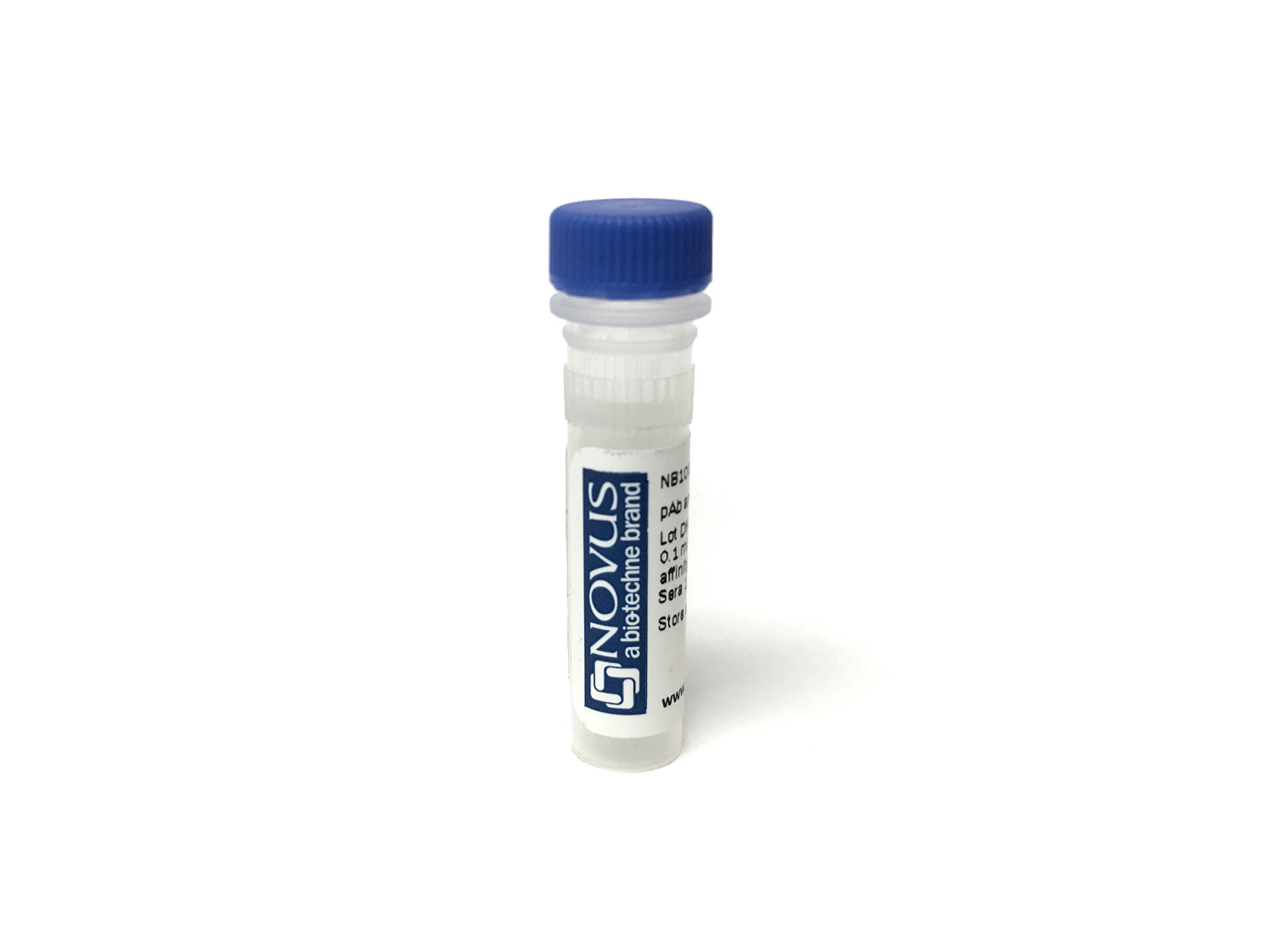EphB4 Antibody (047) - Azide and BSA Free
Novus Biologicals, part of Bio-Techne | Catalog # NBP2-89353
Recombinant Monoclonal Antibody


Conjugate
Catalog #
Key Product Details
Species Reactivity
Human
Applications
ELISA
Label
Unconjugated
Antibody Source
Recombinant Monoclonal Rabbit IgG Clone # 047
Format
Azide and BSA Free
Concentration
Please see the vial label for concentration. If unlisted please contact technical services.
Product Specifications
Immunogen
This antibody was obtained from a rabbit immunized with purified, recombinant Human EphB4 (Accession#: NP_004435.3; Met1-Ala539).
Specificity
No cross-reactivity in ELISA with: Human EphB6Mouse EphA2Mouse EphA4Mouse EphA6Mouse EphA7Mouse EphB4
Clonality
Monoclonal
Host
Rabbit
Isotype
IgG
Description
This antibody can be stored at 2C-8C for one month without detectable loss of activity. Antibody products are stable for twelve months from date of receipt when stored at -20C to -80C. Avoid repeated freeze-thaw cycles.
Applications for EphB4 Antibody (047) - Azide and BSA Free
Application
Recommended Usage
ELISA
1:5000-1:10000
Formulation, Preparation, and Storage
Purification
Protein A purified
Formulation
0.2 um filtered solution in PBS
Format
Azide and BSA Free
Preservative
No Preservative
Concentration
Please see the vial label for concentration. If unlisted please contact technical services.
Shipping
The product is shipped with polar packs. Upon receipt, store it immediately at the temperature recommended below.
Stability & Storage
Store at 4C short term. Aliquot and store at -20C long term. Avoid freeze-thaw cycles.
Background: EphB4
Long Name
Eph Receptor B4
Alternate Names
Htk, Mdk2, Myk1, Tyro11
Gene Symbol
EPHB4
Additional EphB4 Products
Product Documents for EphB4 Antibody (047) - Azide and BSA Free
Product Specific Notices for EphB4 Antibody (047) - Azide and BSA Free
This product is for research use only and is not approved for use in humans or in clinical diagnosis. Primary Antibodies are guaranteed for 1 year from date of receipt.
